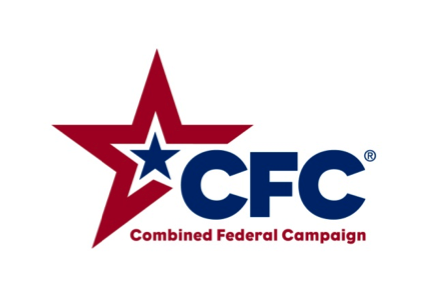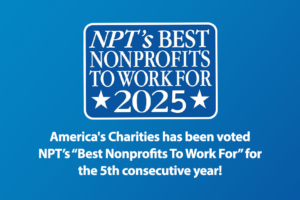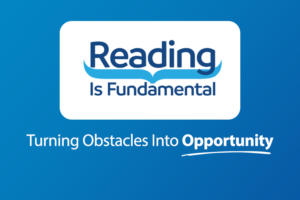Sarah Ford | May 7, 2014
The New CFC Rules Lay a Path to Expanding Giving and Cutting Costs
NPQ has published a number of articles recently about the Combined Federal Campaign, which took a very dramatic 19 percent drop this past year, and its proposed new rules. While the drop is clearly due in part to circumstances last year—sequestration, furloughs, and a suspension of the campaign mid-stream—it was undeniably part of a longer trend; you can see the stats here in a graph.
We may hold that workplace giving is potentially on its way out as a natural result of technology and changes in workplace dynamics, but that is not the only opinion. Here, we present the views of Anthony DeCristofaro, who is the former executive director of the CFC of the National Capital Region and who now works for the Department of Defense.
Like every employer, the government tries to offer the best employee benefit programs for its workers—military, civilian, or postal—while maintaining vigilant oversight to ensure the programs are operated within appropriate legal and security demands. Charitable giving is no exception to this. In keeping with that aim, the U.S. Office of Personnel Management (OPM) office just released a new rule which, starting in 2016, will lead the way for increased charitable giving and govern the future vitality of the Combined Federal Campaign (CFC). The revised rule incorporates new technologies to lower costs, improve employee engagement, and chart a positive trajectory for this campaign for years to come.
The CFC-50 Commission provided a comprehensive blueprint with specific recommendations to lower costs, increase transparency, and take other measures to improve participation in the campaign. Taken as a whole, the approach in the new rule is balanced and fully in line with the CFC-50 Commission’s recommendations.
However, when the government tinkers with a program that has been overwhelmingly successful (CFC has generated more than $7.2 billion for charities since 1961), people understandably get apprehensive. A lot of questions on implementation plans still remain to be answered. However, after assisting with this campaign since 1983, I would encourage everyone to read the rule carefully and consider the overall positive impact and results envisioned with it—or the declining trends that may continue without it.
Every time OPM has looked at changing the CFC rules, someone inevitably cries, “Wolf!” For much of my career before joining the government in 2012, my name was likely on some of those news releases. Take 2006—the last time OPM made significant changes to the CFC rule. Commentators like me opposed the elimination of the overhead standard and the addition of the new (at the time) five-digit charity-coding scheme. We forecast gloom and doom. However, giving through CFC grew by more than $12 million from the year before those reforms were announced through 2010.
Recently, Rick Cohen wrote about the CFC for NPQ and posed a few probing questions about some of the latest changes:

Get Resources and Insights Straight To Your Inbox
Explore More Articles
For Fifth Consecutive Year America’s Charities Named ‘Best Nonprofit To Work For’
Washington, D.C. – April 1, 2025 – America’s Charities, the nonprofit that mobilizes the power of giving as a leading provider of volunteering, workplace giving,…
Read ArticleWorkplace Fundraising + Volunteering Summit (April 2nd and 3rd, 2025)
Join us in attending this virtual summit! The America’s Charities team is joining up with other leading voices in the workplace giving space for a…
Read ArticleThe Time to Act is Now
The results of the 2024 National Assessment of Educational Progress (NAEP) are in, and the findings are, in a word, heartbreaking. This assessment serves as…
Read ArticleGet Resources and Insights Straight To Your Inbox
Receive our monthly/bi-monthly newsletter filled with information about causes, nonprofit impact, and topics important for corporate social responsibility and employee engagement professionals, including disaster response, workplace giving, matching gifts, employee assistance funds, volunteering, scholarship award program management, grantmaking, and other philanthropic initiatives.




